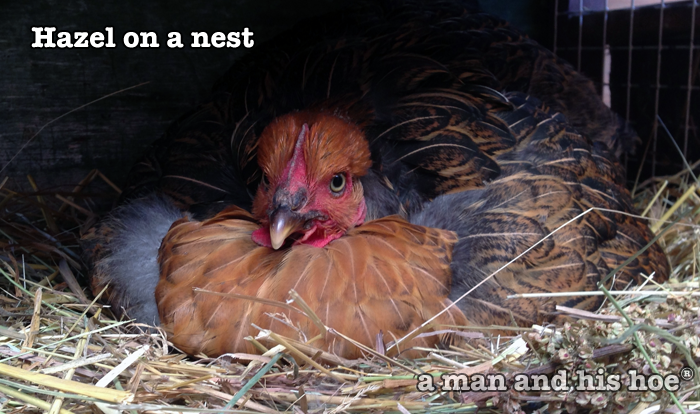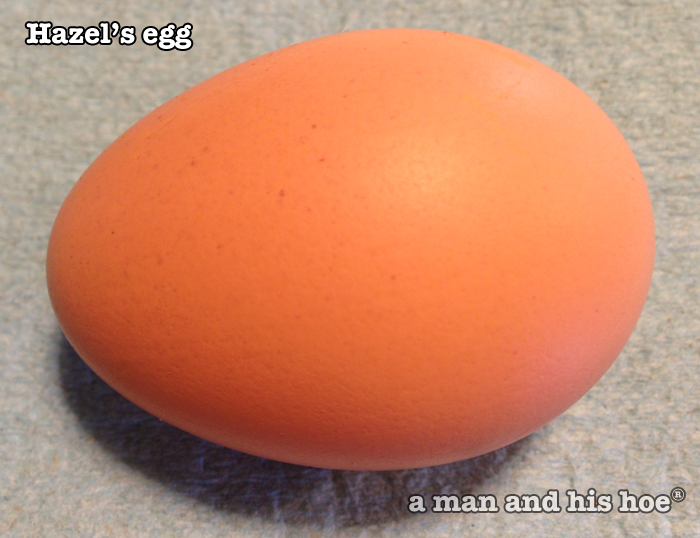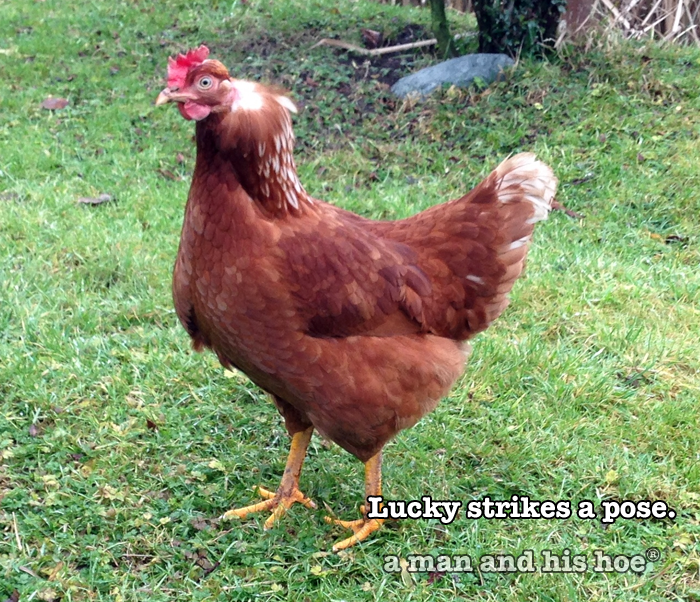The lack of varieties of chickens sold in supermarkets in the US is rather surprising. Some stores make distinctions between organic versus conventional, pastured versus broiler chickens, but rarely do you see a selection of a variety of chicken breeds on sale. The main distinction which is mostly emphasized is which chicken is the cheapest.
But, take a look at the way chicken is marketed and sold in Japan, and there is an astonishing variety of chicken breeds for sale. Here are just ten of these varieties.
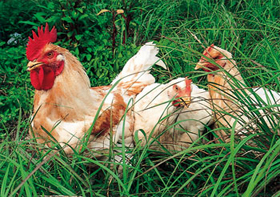
Banshu Hyakunichi Tori is a pasture raised variety of White Cornish from Hyogo Prefecture.
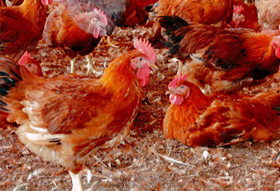
Bungo Akadori is a Red Cornish and Rhode Island Red cross from Oita Prefecture in southern Japan.
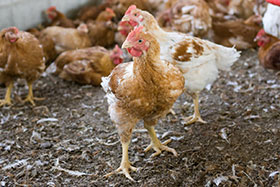
Fumoto Dori is a red chicken from Saga Pefecture in southern Japan.
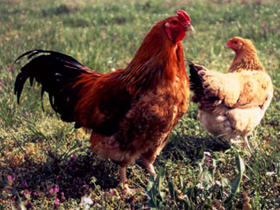
Hogo Aji Dori, which translates to Flavorful Chicken from Hyogo, is a cross between Satsuma and Nagoya varieties of chickens.
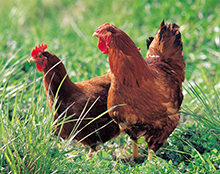
Mikawa Akadori is a cross between a Heavy Rhode Island and Rhode Island Red chicken from Aichi Prefecture in central Japan. It is a pastured chicken.
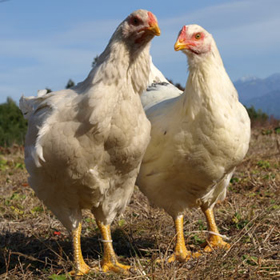
Minami Shinshu Jidori is a pastured chicken from Nagano Prefecture in central Japan. It is known for its firm, tasty, juicy meat. Only a hundred of these chickens are produced a month.
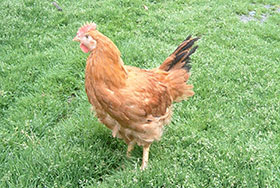
Mitsuse Tori is a variety of chicken based on French breeds. It is raised in Saga Prefecture in southern Japan.
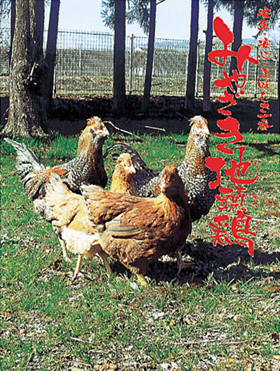
Miyazaki Jidokko is a chicken from Miyazki Prefecture in southern Japan. It is noted for not having the smell chicken meat has, having good texture and being very tasty.

Yamato Niku Dori is a pastured chicken from Nara Prefecture. It is known for keeping its shape even when stewed for a long time, and for its rich, sweet juices. Some 8,000 of them are produced each month.

Yasato Honaji Dori is from Ibaraki Prefecture in northern Japan. It is a pastured chicken, fed non-GMO feed, never given antibiotics or medications, and is fed the bacterial culture used to create a type of fermented bean. Supposedly this culture controls salmonella and e. coli 0-157.
These are just a few of the many varieties of chickens raised in Japan. Even though pages on this link are all in Japanese, Guide to Japanese Chickens, browsing through them you can get an idea of the great variety of chickens raised in Japan for the market.


